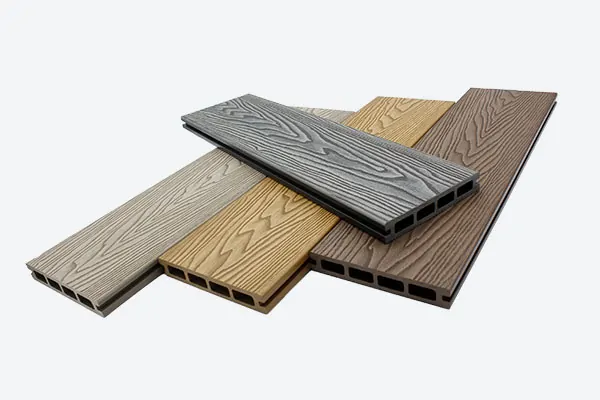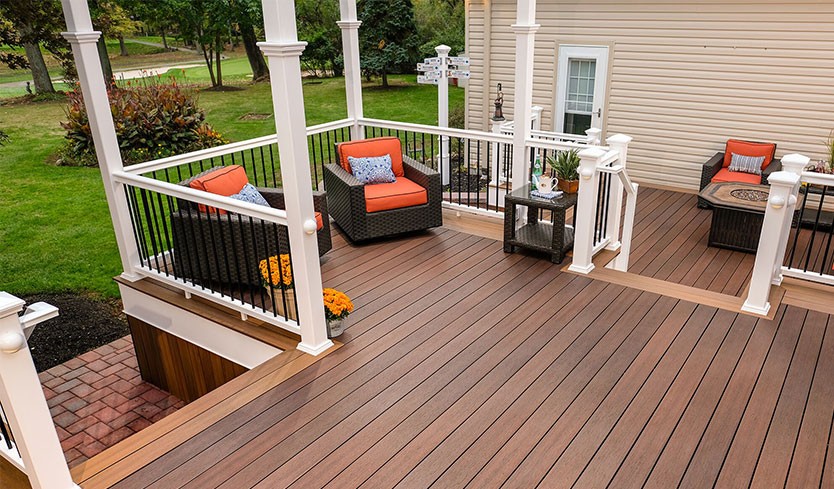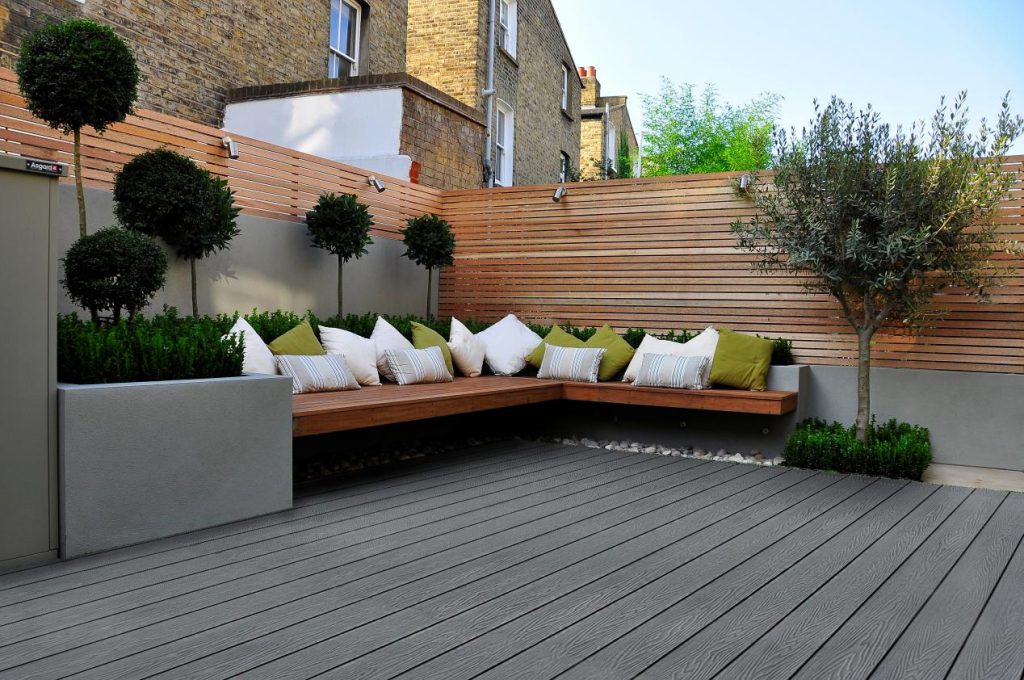When planning an outdoor living space, choosing the right decking material is one of the most important decisions a homeowner or contractor will make. Traditional wood has long been a favorite option, but it comes with its own set of challenges, such as splintering, fading, and regular maintenance. That’s why many property owners are now turning to composite decking. But not all composites are the same. In this article, we’ll take a detailed look at the types of composite decking materials, their features, benefits, drawbacks, and how to decide which one is right for your project.
Table of Contents
What Is Composite Decking Materials?
Composite decking is a man-made product designed to replicate the natural beauty of wood while overcoming many of its disadvantages. It is typically manufactured by blending recycled wood fibers with plastic polymers. This combination creates a board that is more durable, weather-resistant, and low-maintenance compared to natural wood.
Modern advancements in technology have also introduced capped composites, co-extrusion techniques, and even PVC alternatives, giving homeowners a wide range of options. Understanding the types of composite decking materials available today is the first step toward building a stylish, long-lasting deck.
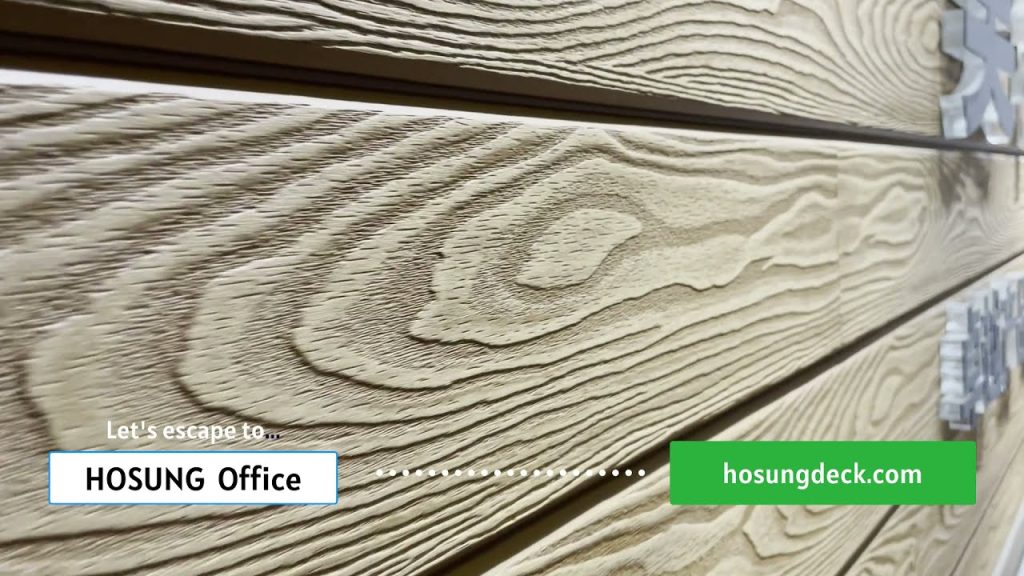
Why Choose Composite Decking?
Before diving into the different types, it’s worth highlighting why composite decking has become such a popular alternative:
Low Maintenance: Unlike wood, composite decking doesn’t require sanding, staining, or sealing.
Durability: Resistant to rot, warping, and insect damage.
Eco-Friendly: Many products are made from recycled plastics and reclaimed wood.
Aesthetic Variety: Available in a wide range of colors, textures, and finishes.
Long Lifespan: Many manufacturers back their boards with warranties ranging from 15 to 30 years.
Now let’s break down the main types of composite decking materials in detail.
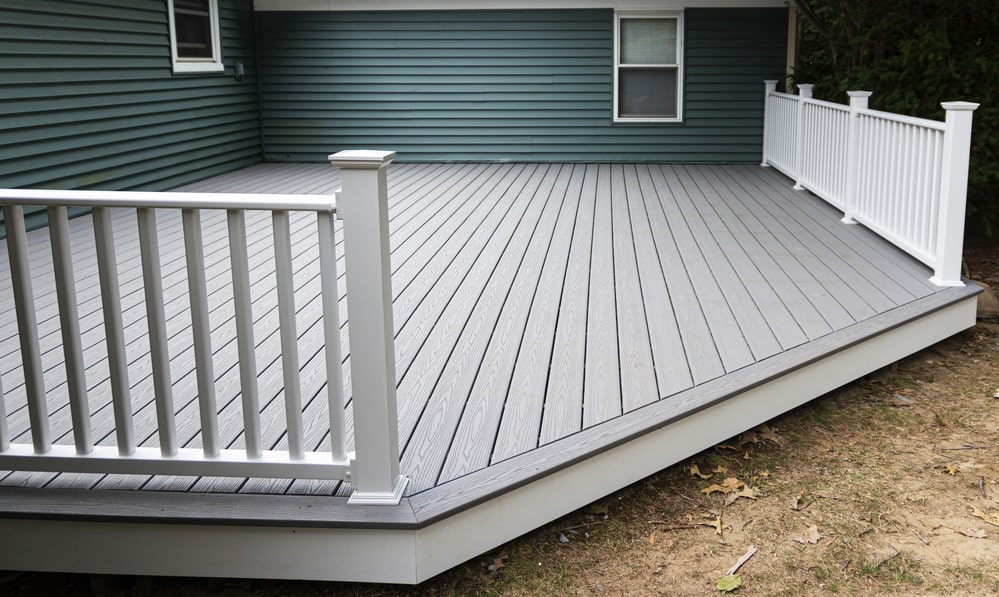
Types of composite decking materials
1. Traditional Wood-Plastic Composite (WPC)
The first generation of composite decking materials is wood-plastic composite (WPC). This type combines approximately 50% recycled wood fibers with 50% plastic resin. It is extruded into solid or hollow boards that mimic the appearance of wood planks.
Features of WPC:
Balanced mix of wood fiber and plastic.
Available in both solid and hollow profiles.
Wide range of colors, though fading may occur over time.
Pros:
Affordable compared to advanced composite options.
Offers a natural wood-like feel underfoot.
Easy to cut and install with standard tools.
Cons:
More prone to fading and staining than capped composites.
Surface may scratch more easily.
Requires occasional cleaning to prevent mold growth.
Best For:
Homeowners looking for a budget-friendly decking solution that still offers improved performance over wood.
2. Capped Composite Decking
Capped composite decking, also called second-generation composite, is essentially WPC with an added protective polymer shell around the board. This cap shields the inner core from moisture, fading, and scratches.
Features of Capped Composites:
Outer cap made of high-performance plastic.
Often designed with multi-tone colors for a realistic wood-grain look.
Highly resistant to stains and UV rays.
Pros:
Longer lifespan than uncapped WPC.
Requires less maintenance.
Superior resistance to moisture, fading, and mildew.
Cons:
Slightly more expensive.
Can be slippery when wet if not textured properly.
Best For:
Homeowners who want long-lasting performance and aesthetics with minimal upkeep.
3. Co-Extruded Composite Decking
One of the most advanced types of composite decking materials is co-extruded composite decking. This manufacturing process involves extruding multiple layers simultaneously, creating a highly durable and weather-resistant product.
Features of Co-Extrusion:
Multi-layer protective shell.
Rich, variegated color patterns.
Excellent resistance to scratching, moisture, and UV rays.
Pros:
Premium appearance with realistic wood-grain designs.
High durability with reduced risk of delamination.
Longer warranty periods offered by manufacturers.
Cons:
Higher upfront cost.
May require professional installation for best results.
Best For:
Those who want premium aesthetics, superior performance, and long-term value.
4. PVC (Polyvinyl Chloride) Decking
PVC decking is not technically composite, but it often falls under the same category because it serves a similar purpose. Instead of blending wood and plastic, PVC boards are made entirely from high-performance synthetic material.
Features of PVC Decking:
100% synthetic plastic construction.
Lightweight and easy to handle.
Non-porous surface prevents moisture absorption.
Pros:
Completely resistant to rot, mold, and insects.
Superior color retention and fade resistance.
Lightweight for easier installation.
Cons:
Can feel less natural underfoot.
Higher cost compared to WPC.
May expand and contract with temperature changes.
Best For:
Coastal areas, poolside decks, and high-moisture environments.
5. Mineral-Based Composite (MBC) Decking
A newer category within types of composite decking materials is mineral-based composite (MBC). These boards incorporate minerals along with polymers, resulting in exceptional strength and stability.
Features of MBC:
Incorporates minerals like calcium carbonate.
Reduced thermal expansion compared to PVC.
Lightweight yet extremely durable.
Pros:
Superior dimensional stability.
Excellent resistance to moisture and weathering.
Often lighter than standard WPC.
Cons:
Higher price point.
Limited availability compared to mainstream composites.
Best For:
Large decks in regions with extreme temperature fluctuations.
Comparing the Different Types of Composite Decking Materials
| Type | Cost | Durability | Maintenance | Aesthetics | Best Use Case |
|---|---|---|---|---|---|
| WPC (Traditional) | $ | Medium | Moderate | Good | Budget decks |
| Capped Composite | $$ | High | Low | Very Good | Residential decks |
| Co-Extruded Composite | $$$ | Very High | Very Low | Excellent | Premium decks |
| PVC | $$$ | Very High | Very Low | Good | Coastal/pool areas |
| Mineral-Based Composite | $$$$ | Excellent | Very Low | Excellent | Extreme climates |
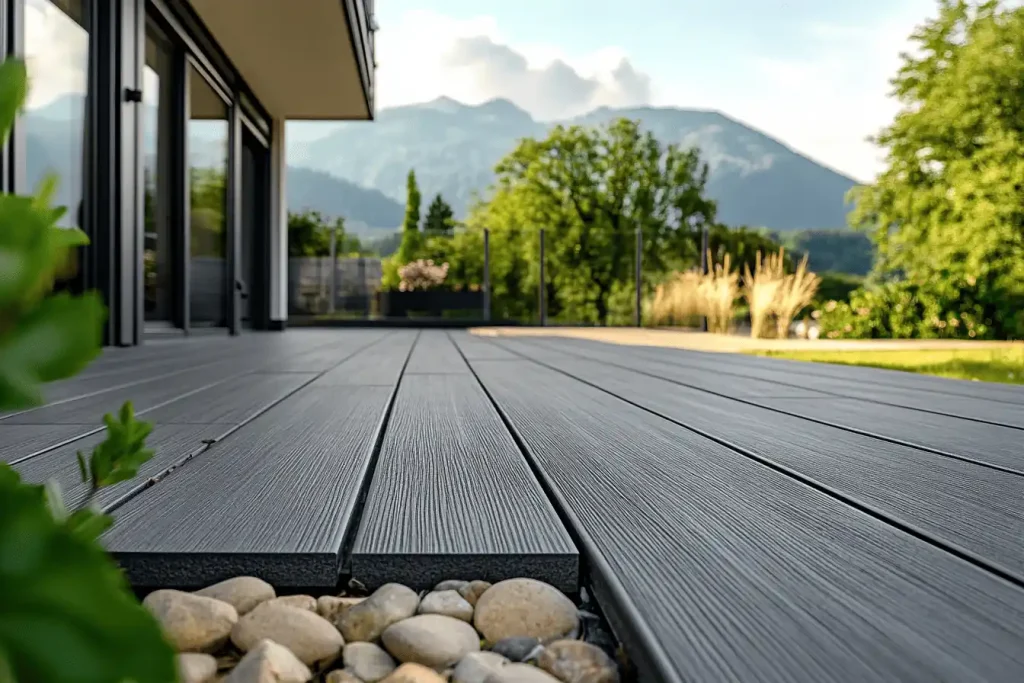
Factors to Consider When Choosing a Composite Decking Material
Selecting the right decking isn’t just about cost—it’s about matching the material to your lifestyle and environment. Here are key factors to weigh:
Budget: Traditional WPC offers affordability, while co-extruded or mineral-based boards are premium investments.
Climate: Humid or coastal areas benefit from PVC or capped composites.
Design Preferences: If you want the most realistic wood look, co-extruded composites excel.
Foot Traffic: For high-use areas, choose a durable capped or mineral-based product.
Maintenance Preference: All composites are low-maintenance, but capped, PVC, and MBC need the least upkeep.
Installation Tips for Composite Decking
Even with the best types of composite decking materials, poor installation can lead to performance issues. Follow these guidelines:
Allow for Expansion: Composites expand and contract, so leave proper spacing.
Use Hidden Fasteners: Many manufacturers provide clip systems for a sleek finish.
Solid Substructure: Always install on a sturdy frame for longevity.
Follow Manufacturer Guidelines: Warranty claims often depend on correct installation.
Maintenance of Composite Decking
While composites are low-maintenance, some care is still required:
Regular Cleaning: Use mild soap and water to remove dirt and debris.
Avoid Harsh Chemicals: These can damage the protective cap.
Check for Damage: Though rare, inspect for scratches or chips.
Prevent Stains: Clean spills quickly to avoid staining.
Environmental Benefits of Composite Decking
One often-overlooked benefit of composite decking is its eco-friendliness. Many boards are made with recycled plastics (like grocery bags or milk jugs) and reclaimed wood fibers that would otherwise end up in landfills. Additionally, because composites last much longer than wood, they reduce the demand for logging and forest depletion.
The Future of Composite Decking Materials
Technology in decking continues to evolve. Some trends shaping the future include:
Improved Textures: Boards that look and feel even more like real wood.
Recyclable Options: Next-generation composites designed for end-of-life recycling.
Enhanced Durability: Greater scratch resistance and longer warranties.
Customization: Boards available in unique colors and patterns to match architectural trends.
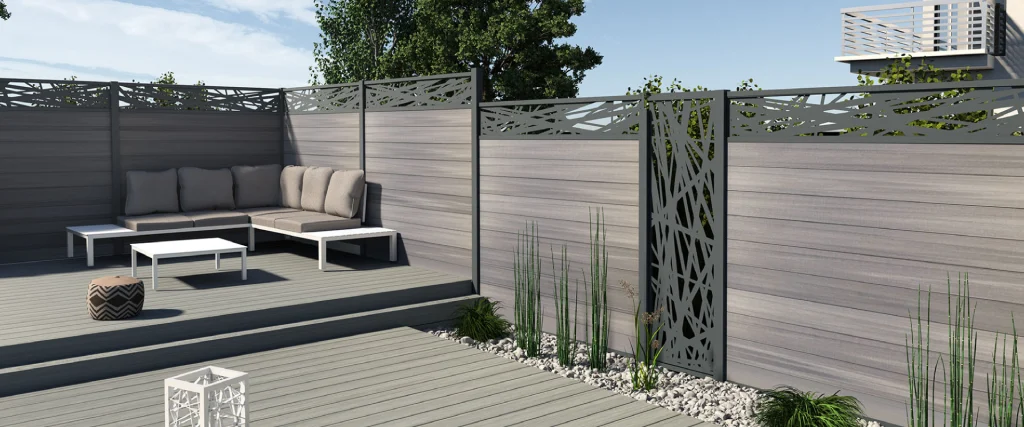
Conclusion
When it comes to building a beautiful, functional, and long-lasting deck, understanding the types of composite decking materials is crucial. From budget-friendly WPC to high-performance capped, co-extruded, PVC, and mineral-based composites, there is a solution for every homeowner and project.
Your final choice will depend on your budget, climate, design preferences, and performance expectations. No matter which option you choose, composite decking offers a superior alternative to traditional wood, giving you more time to enjoy your outdoor living space with less hassle.

